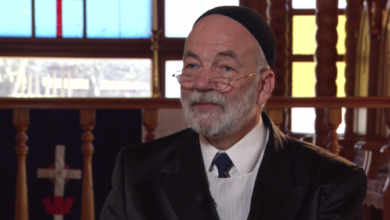
Following the announcement of her appointment in late December 2017, Ms. Leila Zerrougui has arrived in Kinshasa and has officially taken up her duties as Special Representative of the United Nations Secretary-General in the Democratic Republic of the Congo (DRC) and Head of the United Nations Stabilization Mission in the DRC (MONUSCO).
In the coming days, Ms. Zerrougui will be meeting and participating in working sessions with the Congolese authorities and United Nations personnel and partners in the DRC.
Under the leadership of the Special Representative of the United Nations Secretary-General, MONUSCO will continue to implement its mandate as set out in Security Council Resolution 2348. This includes good offices in support of the political process and protecting civilian populations. In line with its mandate and in conformity with the Congolese Constitution, MONUSCO remains committed to supporting the full implementation of the 31 December Agreement, which contains the guiding principles for the holding of elections, the peaceful transfer of power and the consolidation of stability in the DRC.
In her capacity as Special Representative of the United Nations Secretary-General, Ms. Zerrougui is the most senior United Nations representative in the country and has overall authority over United Nations activities in the Democratic Republic of the Congo.
APO




